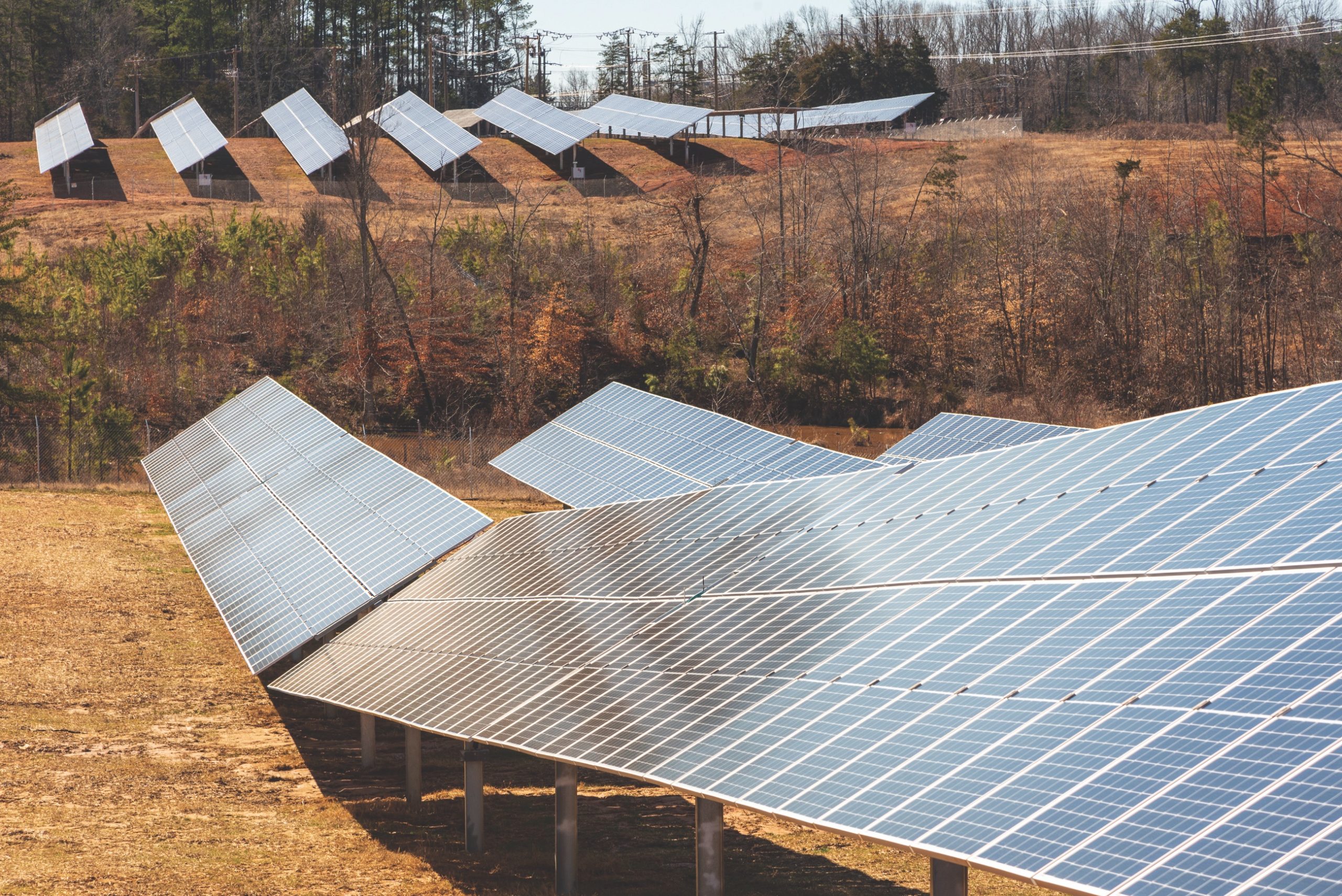Subsurface challenges and risks are compounding as optimal land is less available for utility-scale photovoltaic (PV) solar sites. Without proper planning and consideration of a project’s specific subsurface challenges, costs can rapidly balloon, and developers and engineering, procurement and construction contractors (EPCs) can be left scrambling to remediate subsurface issues. In this article, FTC Solar discusses different subsurface risks and presents the inherent advantages of the Voyager single-axis tracker versus the leading single-axis tracker competition.
To help showcase these advantages, we outline two real-world project case studies featuring varying subsurface conditions.
Subsurface challenges
An ideal location for a utility-scale solar power plant features flat, geometrically even plots of land with consistent, low-corrosion, cohesive soils, or clays, to a decent depth beyond the required pile embedment. These project conditions
will typically result in the most economically installed solar power plant, with direct-drive foundation posts being the best-in-class foundation solution. However, the availability of land, interconnection, solar resource, and offtake sources doesn’t often allow real



























